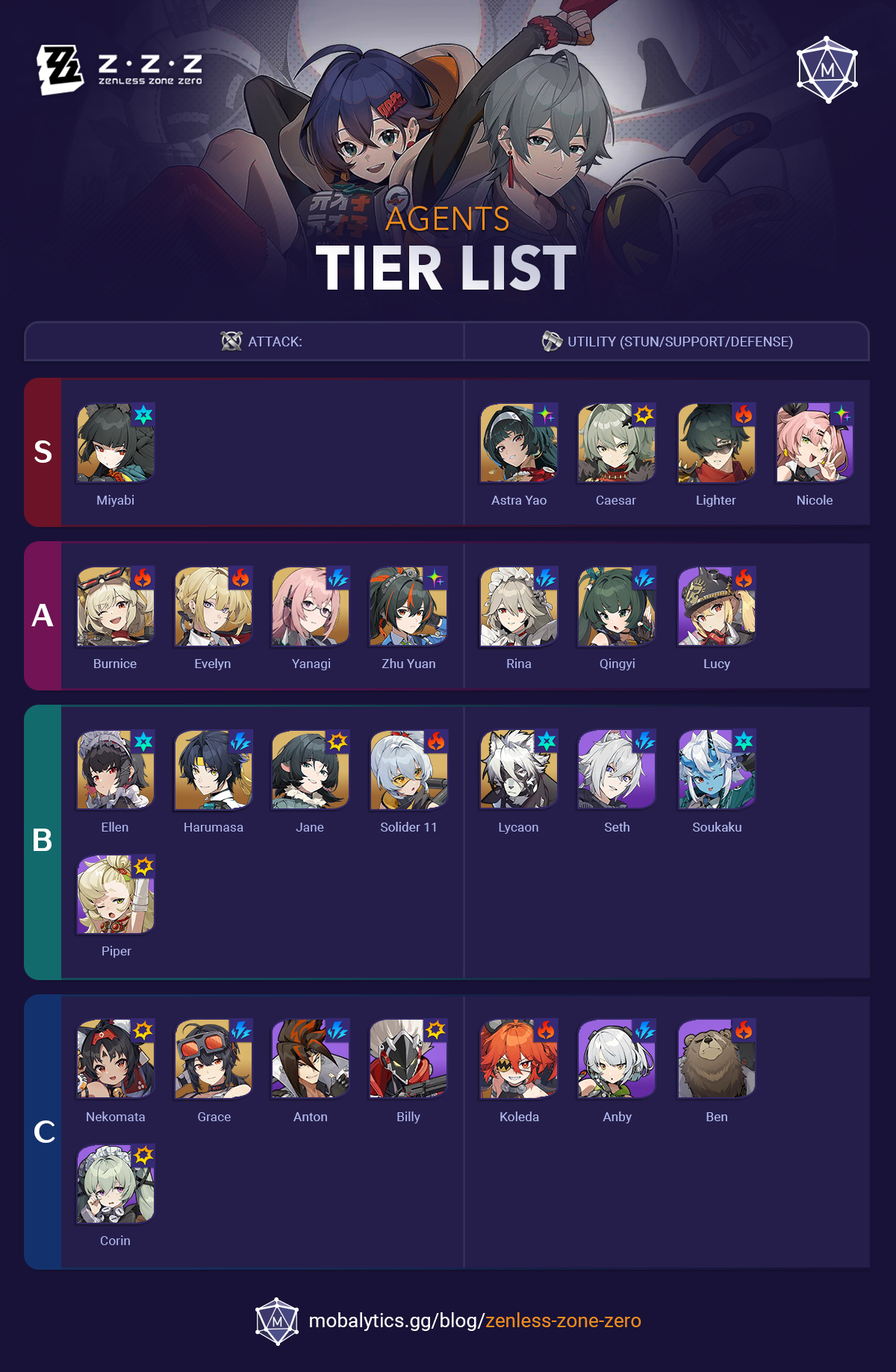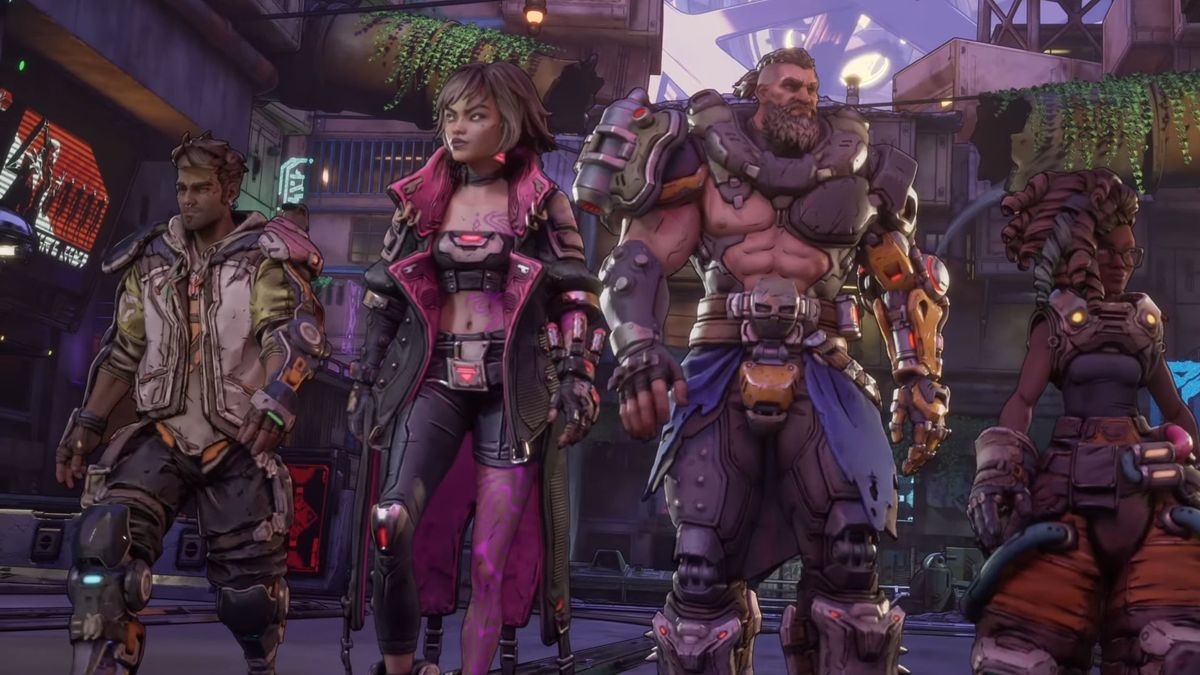In role-playing games (RPGs), managing inventory and carry capacity can often feel like a chore. Players find themselves constantly juggling items, deciding what to keep and what to discard. But we deserve better than the boring carry capacity systems that have become a staple in the genre. Innovative solutions can transform inventory management from a tedious task into an engaging part of gameplay.
Recognizing the potential for improvement, some game developers are stepping up. They introduce systems that not only challenge players to think strategically about their loadouts but also add to the realism and immersion of the gaming experience. It’s time to explore how these systems impact gameplay and what the future of item management in RPGs could look like.
How do carry capacity systems impact RPG gameplay?
Traditional carry capacity systems in RPGs can significantly affect gameplay by limiting player choices and dictating play styles. The constant need to manage inventory space can interrupt the flow of the game and detract from the overall experience. Players often have to make difficult decisions about which items to keep, which can be frustrating if the system is not well-designed.
However, innovative carry systems in RPGs offer opportunities to enhance the player’s engagement with the game world. By introducing constraints that encourage strategic thinking, these systems can add depth to the gameplay. A well-crafted system forces players to prioritize their gear based on their character’s role, adventure type, and personal play style, making each choice feel significant and impactful.
Moreover, carry capacity systems that reflect the physicality of the game’s world can increase immersion. When players have to consider the weight and size of items, as well as how to effectively organize their inventory, it adds a layer of realism that can make the game world more convincing and engaging.
What innovations are present in Death Stranding 2 and Kingdom Come: Deliverance 2?
Death Stranding 2 and Kingdom Come: Deliverance 2 are among the RPGs that have been recognized for their innovative approach to carry capacity systems. These games challenge the status quo by incorporating more realistic and detailed mechanics.

For instance, Death Stranding 2 takes a unique approach by allowing players to visually see and customize how they carry their items. This creates a more personal and immersive loot management system, where the arrangement of gear can affect the character’s balance and stamina.
In Kingdom Come: Deliverance 2, the emphasis on historical accuracy means that players must consider the practicalities of wearing and carrying medieval equipment. The game encourages players to think like a knight, planning their loadout based on the requirements of their next quest or battle. This level of detail ensures that inventory management plays a meaningful role in the gameplay.
These games show that meaningful gameplay enhancements in RPGs can come from taking a fresh look at carry capacity systems. By prioritizing immersion and player choice, developers can create systems that are not only functional but also integral to the game’s narrative and world-building.
Why are traditional carry systems considered uninspired?
- Many traditional carry systems reduce inventory management to a simple numbers game, where players aim to maximize the quantity of items they can carry without considering the narrative or practical implications.
- This approach can lead to players amassing an unrealistic and impractical collection of items that detracts from the game’s believability and can break immersion.
- Traditional systems often lack nuance, with little differentiation between items other than weight and value, leading to less strategic gameplay.
How can RPGs enhance loot management mechanisms?
To enhance loot management mechanisms, RPGs need to integrate systems that offer both practicality and depth. This could involve introducing varied storage solutions like pouches, sacks, and containers, each with their own characteristics and limitations.
Furthermore, considering the player-driven inventory organization in RPGs, games could offer more options for personalizing storage, such as customizable labels, sorting options, and unique item placement that could affect game mechanics like item accessibility during combat.
Innovations like dynamic weight systems, where the weight of items can change based on context or condition, can also add to the realism and require players to adapt their strategies on the fly. Additionally, integrating environmental factors, such as weather or terrain, can influence how items are carried, encouraging players to plan accordingly.

What role does player experience play in carry systems development?
Player experience is pivotal in the development of carry systems. A carry capacity system that resonates with players can significantly enhance their immersion and investment in the game.
Developers need to consider the feedback and preferences of their audience, adapting systems to meet the desires of a diverse player base. For example, some players might prefer a more hardcore survival experience where managing every ounce of carry weight is crucial, while others might enjoy a more relaxed system that allows them to focus on exploration and story.
Player feedback on carry capacity is invaluable for developers looking to refine their systems. It provides insight into what works, what doesn’t, and what players hope to see in future iterations.
Are there examples of effective carry systems in tabletop RPGs?
Tabletop RPGs offer a variety of effective carry systems that video games can learn from. The emphasis on imagination and flexibility in tabletop games allows for carry systems that are both engaging and adaptable to different play styles.
Many tabletop RPGs use abstract encumbrance systems that focus on the narrative impact of carrying gear rather than strict weight limits. This encourages players to think about their character’s abilities and the context of their adventure when deciding what to carry.
Some systems use slot-based mechanics, where items take up a certain number of slots in a character’s inventory. This can create interesting decisions about item importance and character capability, as well as opportunities for customization and character development based on inventory management skills.

What can developers learn from player feedback on carry capacity?
Developers can learn a great deal from player feedback when it comes to refining carry capacity systems. By listening to player experiences, developers can identify common pain points and areas for improvement. This feedback can lead to the creation of systems that are more intuitive, satisfying, and aligned with player expectations.
Player feedback can also highlight innovative ideas from the community that might not have been considered by the development team. By incorporating these ideas, developers can create carry systems that offer new challenges and enrich the gameplay experience.
Ultimately, the goal is to develop carry systems that players find rewarding, not burdensome. Meaningful gameplay enhancements in RPGs often emerge from this collaborative process between developers and the gaming community.
Related questions about carry capacity systems in RPGs
How can carry systems be improved in RPGs?
To improve carry systems in RPGs, developers can focus on creating more dynamic and contextual mechanisms. This involves considering how the system affects gameplay, immersion, and player choice. By integrating factors like character strength, item size, and environmental conditions, developers can create more realistic and engaging carry systems.
Incorporating player feedback into the design process is also crucial. Players can offer unique insights into what makes a system enjoyable or cumbersome, leading to more refined and satisfying mechanics.
What are the benefits of customizable carry systems?
Customizable carry systems offer numerous benefits, including increased player agency and immersion. When players have control over how they manage their inventory, it allows them to tailor the experience to their preferences and play style. This level of customization can lead to a deeper connection with the game and a more personal experience.

Moreover, customizable systems can accommodate a wide range of playstyles, from those who prefer a minimalist approach to those who enjoy micromanagement. This flexibility can increase the game’s appeal to a broader audience.
Why do players hoard items in RPGs?
Players often hoard items in RPGs due to a combination of psychological factors and game design. The desire to be prepared for any situation, the fear of missing out on valuable resources, and the satisfaction of amassing wealth all contribute to the tendency to hoard.
Game design that rewards accumulation, such as crafting systems or economies based on item trade, can also encourage hoarding behavior. Developers need to be mindful of these factors when designing carry systems to ensure they promote healthy gameplay habits.
What makes Death Stranding 2’s carry system unique?
Death Stranding 2’s carry system stands out due to its emphasis on the physical placement and arrangement of items on the character’s body. This approach not only affects the aesthetics but also has practical gameplay implications, such as balance and the ability to maneuver through the game’s challenging terrain.
The system encourages players to carefully consider each item’s placement, creating a more immersive and tactical experience. It’s a significant departure from the traditional inventory grid, offering a fresh take on loot management in RPGs.
How do immersive mechanics change gameplay in RPGs?
Immersive mechanics in RPGs can profoundly change gameplay by making the player’s actions and decisions feel more consequential. When mechanics are designed to closely mimic real-world situations, players are required to think critically and plan strategically, leading to a more involved and rewarding experience.

By considering factors like character abilities, environmental challenges, and the physicality of the game world, immersive mechanics can transform routine tasks into engaging gameplay elements that contribute to the overall narrative and world-building of the RPG.
Continuing the discussion on innovative gameplay mechanics, let’s explore an intriguing aspect of Death Stranding 2 with a video that delves into its unique carry system:
In conclusion, as we look to the future of RPGs, it’s clear that carry capacity systems need to evolve. Players are seeking more from their gaming experiences, and inventory management should be no exception. With the right innovations and attention to player feedback, developers have the opportunity to create carry capacity systems that are not just functional, but an integral and enjoyable part of the RPG genre.
 PC Gamer does not beat rock in this viral AI-driven rock-paper-scissors game where a dead dog beats John Wick
PC Gamer does not beat rock in this viral AI-driven rock-paper-scissors game where a dead dog beats John Wick


